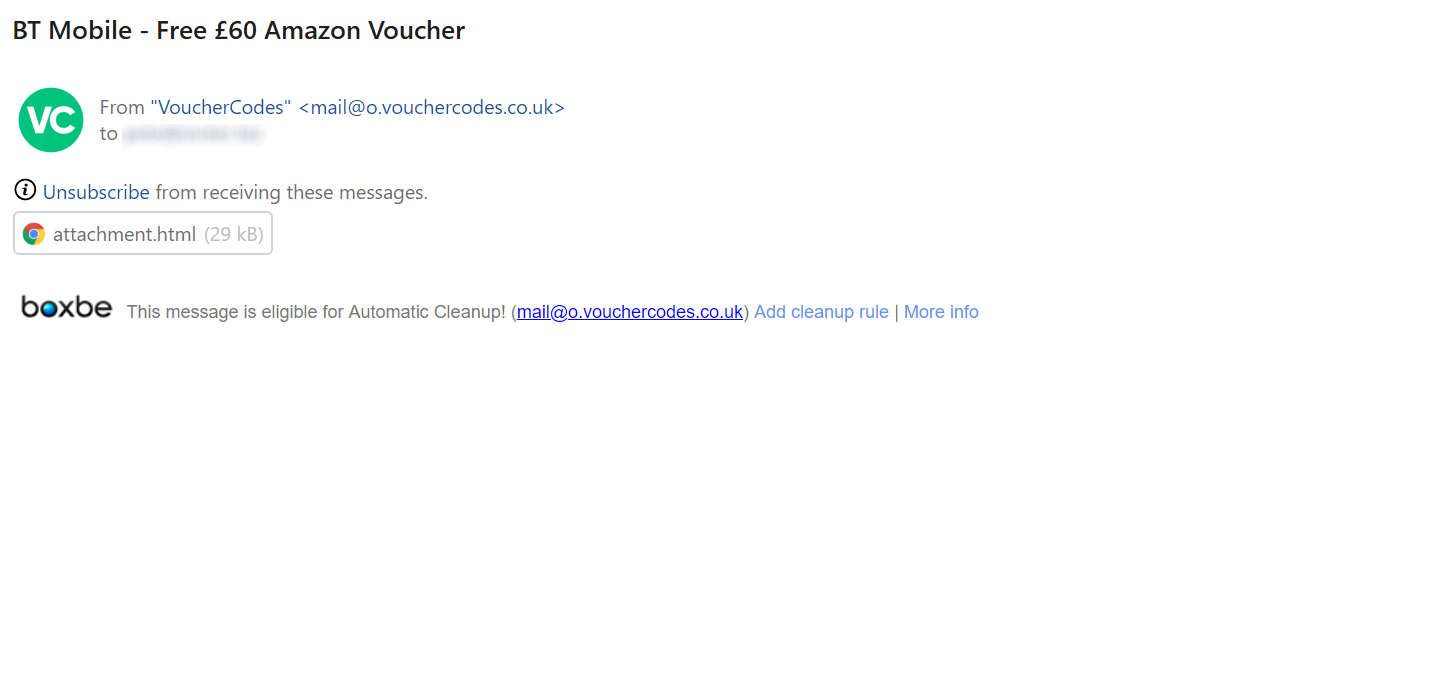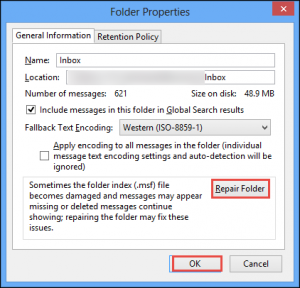

If a hacker has stolen your NetID and password, sometimes they will delete email to cover their tracks, or to make room for the replies to the 100,000 pieces of spam they just sent in your name. (The wording of this option will vary from vendor to vendor.) If your mobile device has the option, make sure it is set for server changes to take preference over changes on the device. Once in a while, a newly set up mobile device will try to overwrite the email on the server with an empty mailbox. They attempt to synchronize changes made on the device, possibly while out of contact from the network, with the mail on the server. Most mobile devices work differently from traditional mail programs. We strongly recommend that you use only Outlook on the Web for setting up and changing rules. If your program cannot use one of the native Exchange protocols (MAPI, Outlook Anywhere, Exchange Web Services, or ActiveSync), use IMAP (a protocol that doesn't move messages off the server) for the connections. If you have switched to Outlook as an email program, but have recently started up an old copy of Eudora (perhaps to find an ancient message you received in the Eudora days), take a look at Eudora to see if it has claimed all of your email for itself. A common accident here is to start up an old client that you haven't used for a while, and later find that all email is gone from your other clients. When you check your mail from another computer or device, this can make it look like all the email has disappeared. It downloads the entire contents of your inbox to your computer. POP is an older protocol from the era of small mail servers.
#Why do emails disappear on thunderbird for mac#
#Why do emails disappear on thunderbird windows#
Conversation View in Outlook 2013 for Windows.Conversation View in Outlook 2016 for Windows.This groups together all messages in a thread (that is, those messages with identical Subjects). If your messages appear to be out of order, or some messages (especially replies) go missing, you may be in Conversation View. In some small number of these cases, Outlook has lost local copies of messages, and then deleted the messages from the server as well when synchronizing the account. It may sometimes refuse to start, saying the database needs to be repaired. Outlook on the Mac has a history of problems with the underlying database that organizes the local copy of your messages.

Once you've checked you Outlook on the Web settings on one device, you don't need to check them on any other. Exception: a computer or device where you only use Outlook on the Web. Remember to look at or take action on every computer or device you use to access your email. Here are the most common ways to lose email, and what to do about them. See our Recover Deleted Items article for detailed instructions. After the Deleted Items folder is emptied, items are held in a dumpster for 30 days, and you can usually find missing items there. It first keeps deleted items in a special folder called Deleted Items, (some programs label this as Trash). The good news is that Exchange doesn't really delete mail items until 30 days after you've told it to. It's impractical to restore an entire Exchange database to restore a single mailbox. We back up the Exchange database as a whole, as a protection against disaster. It's always an action by one of these programs that makes mail disappear. The mail server handles the actual delivery of new mail to an Exchange account, but all other changes and actions are made through an email program such as Outlook. Many conversations with upset users start one of two ways: "Your mail server lost my mail" or "Can you restore my mail?" Let's deal with those first.Īctually, that has never been the case in any of the reports we have investigated. An analogy using the phone system is that the telephone on your desk is a client, and Verizon is the server.

Outlook on the Web is also a mail client, but a web-based one that you access through a web browser. Email clients are programs such as Outlook, Mail, and Thunderbird that run on your desktop or mobile phone, and access mail on the mail server. Cornell's email server is Exchange 2010 from Microsoft. This article distinguishes between email servers and email programs (email programs are also called email clients or apps).


 0 kommentar(er)
0 kommentar(er)
